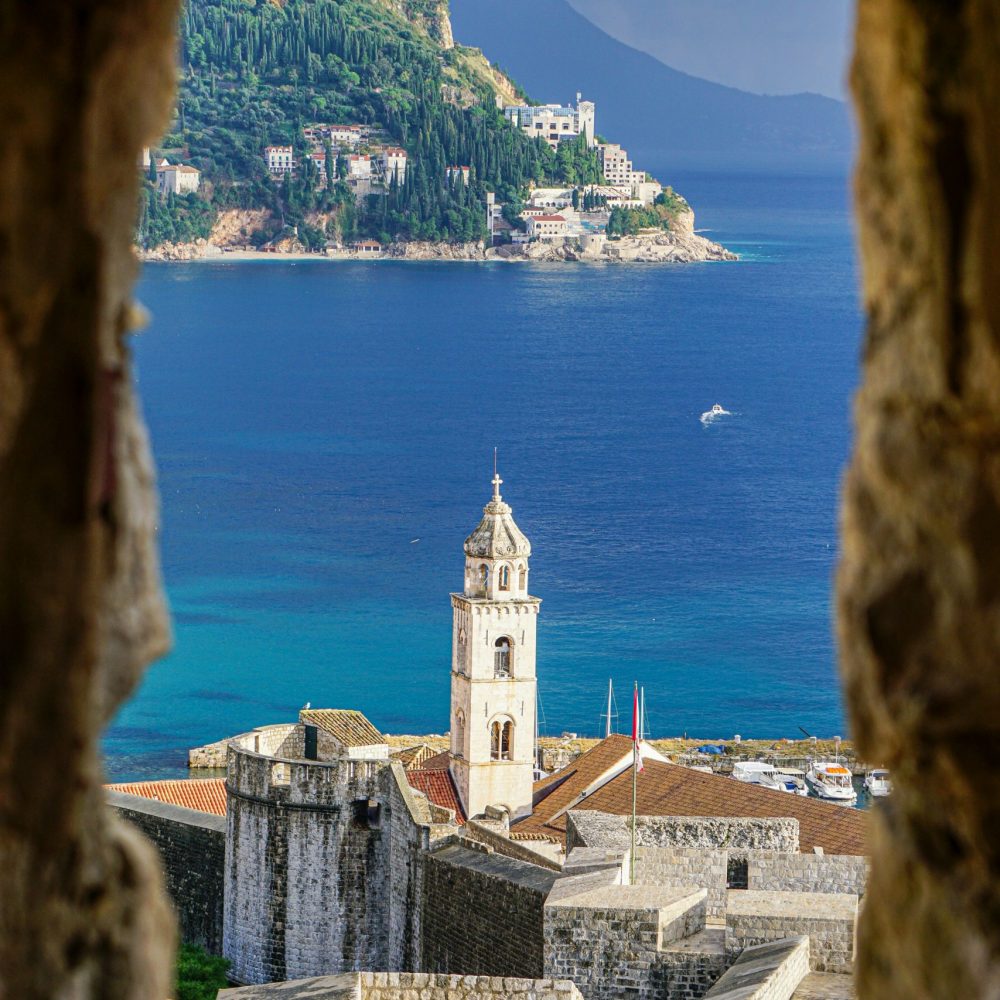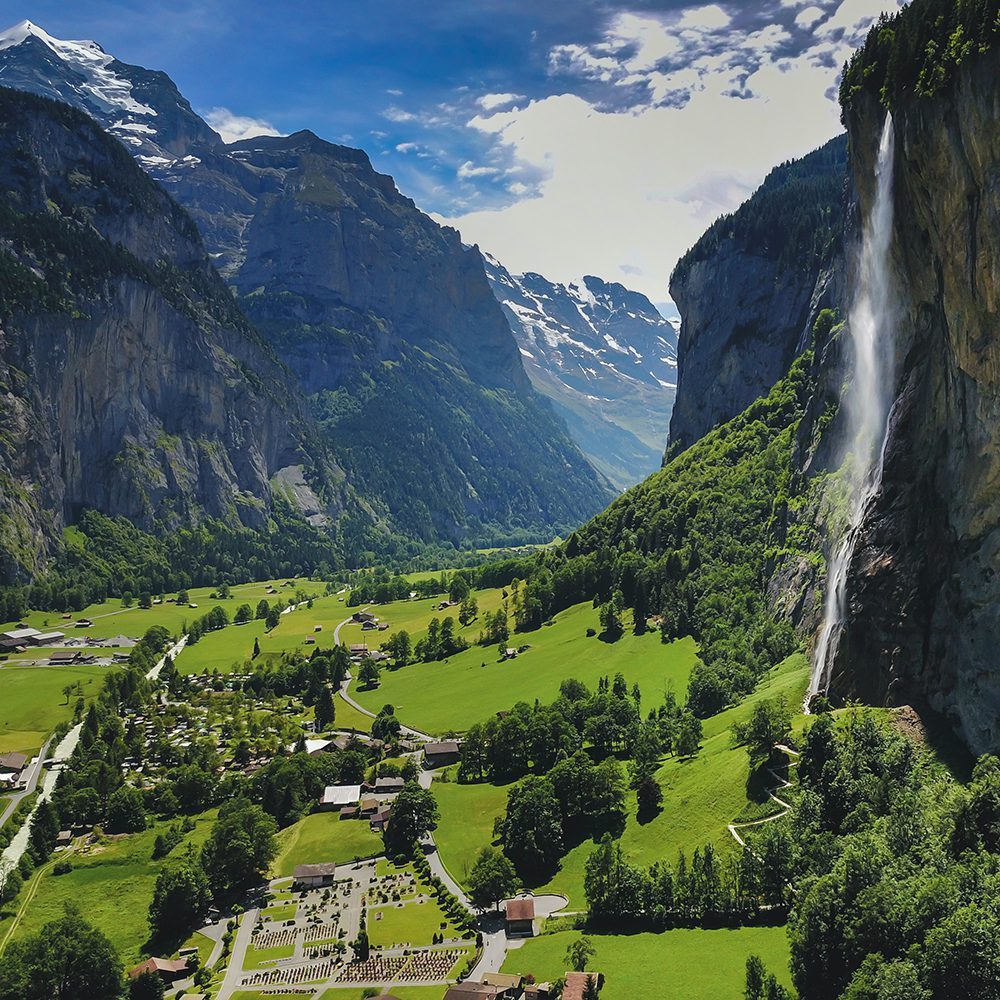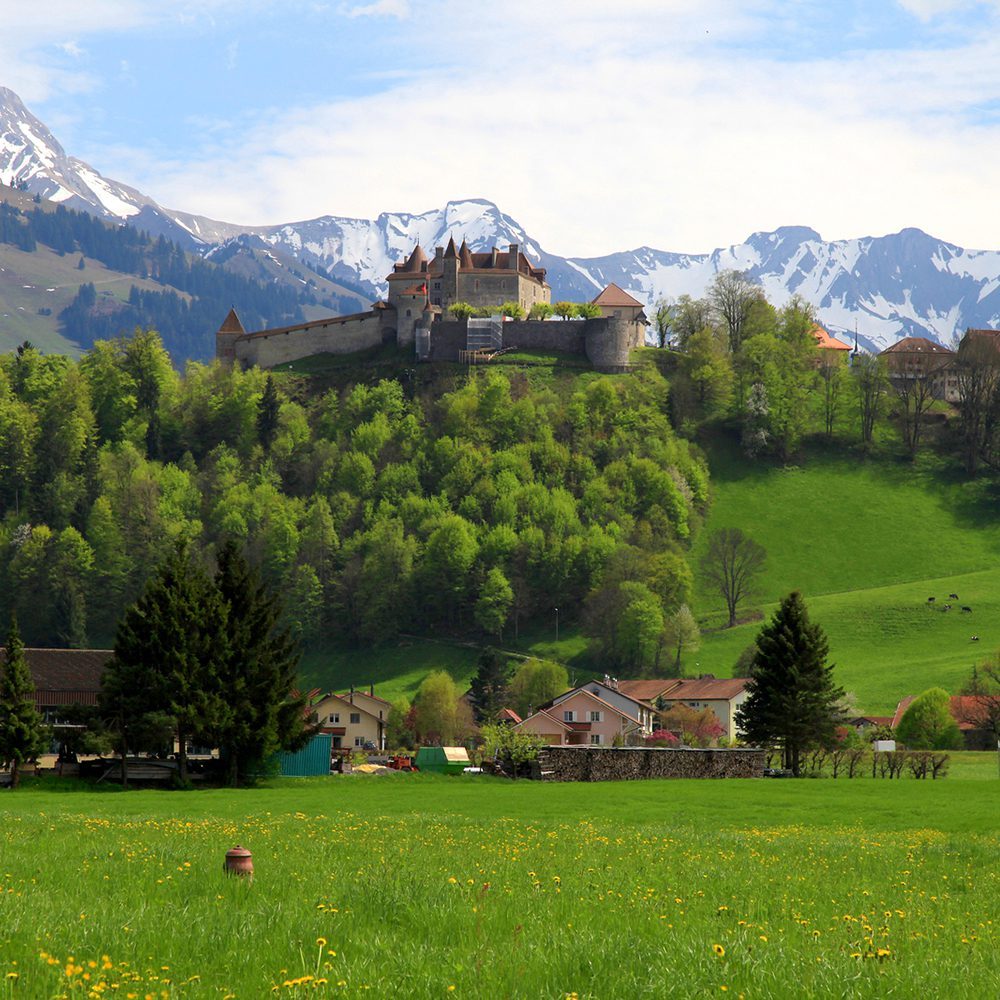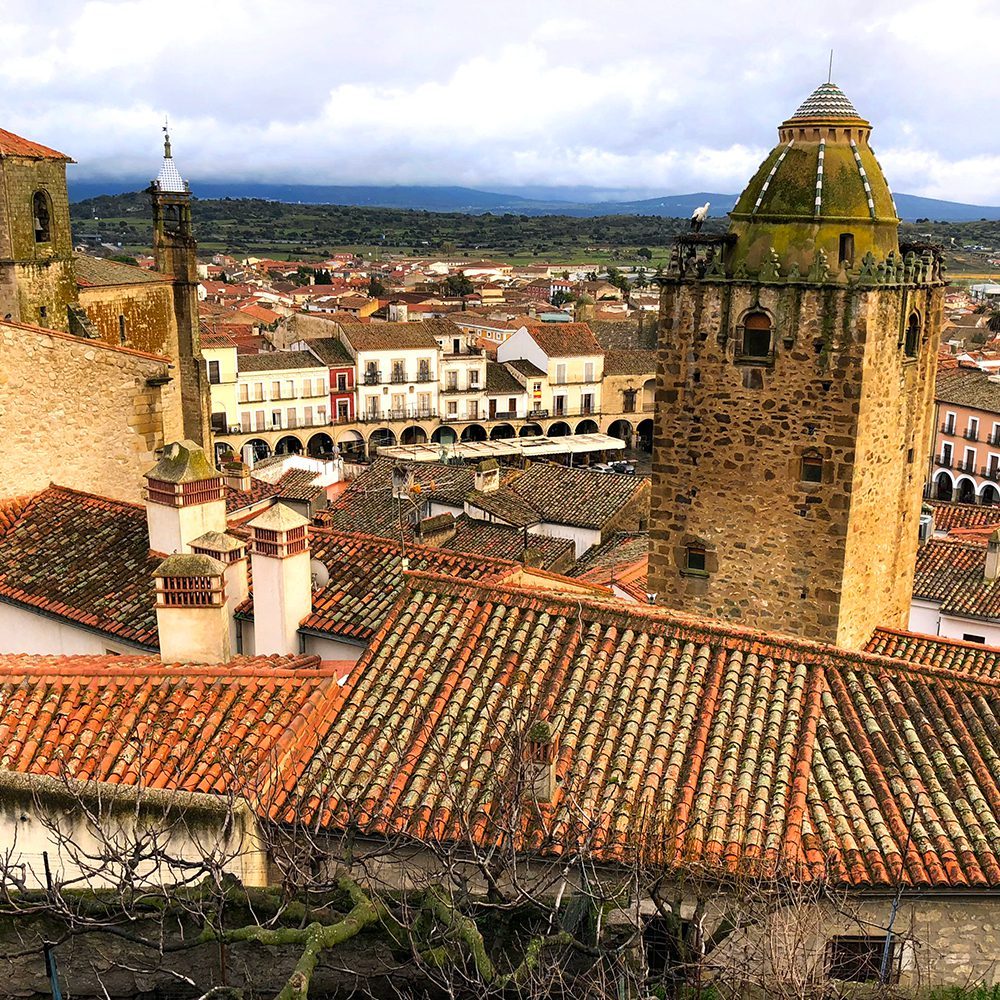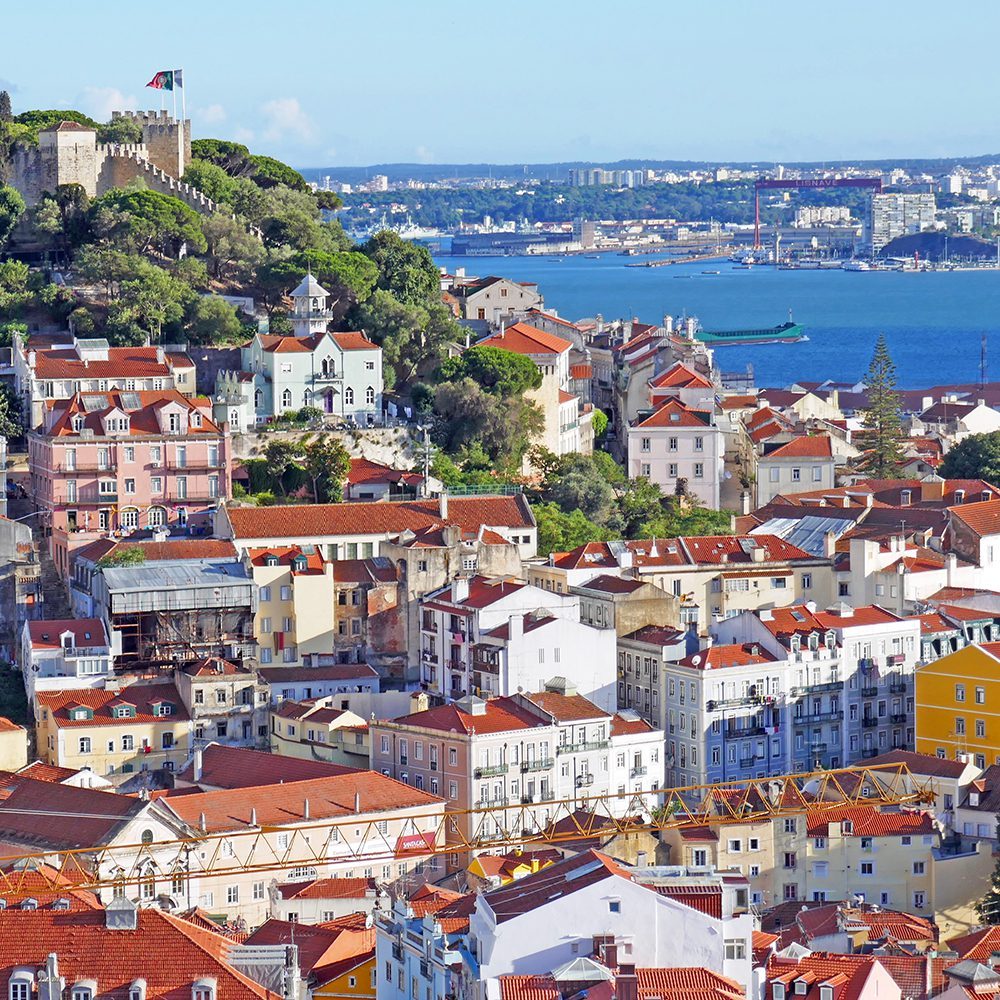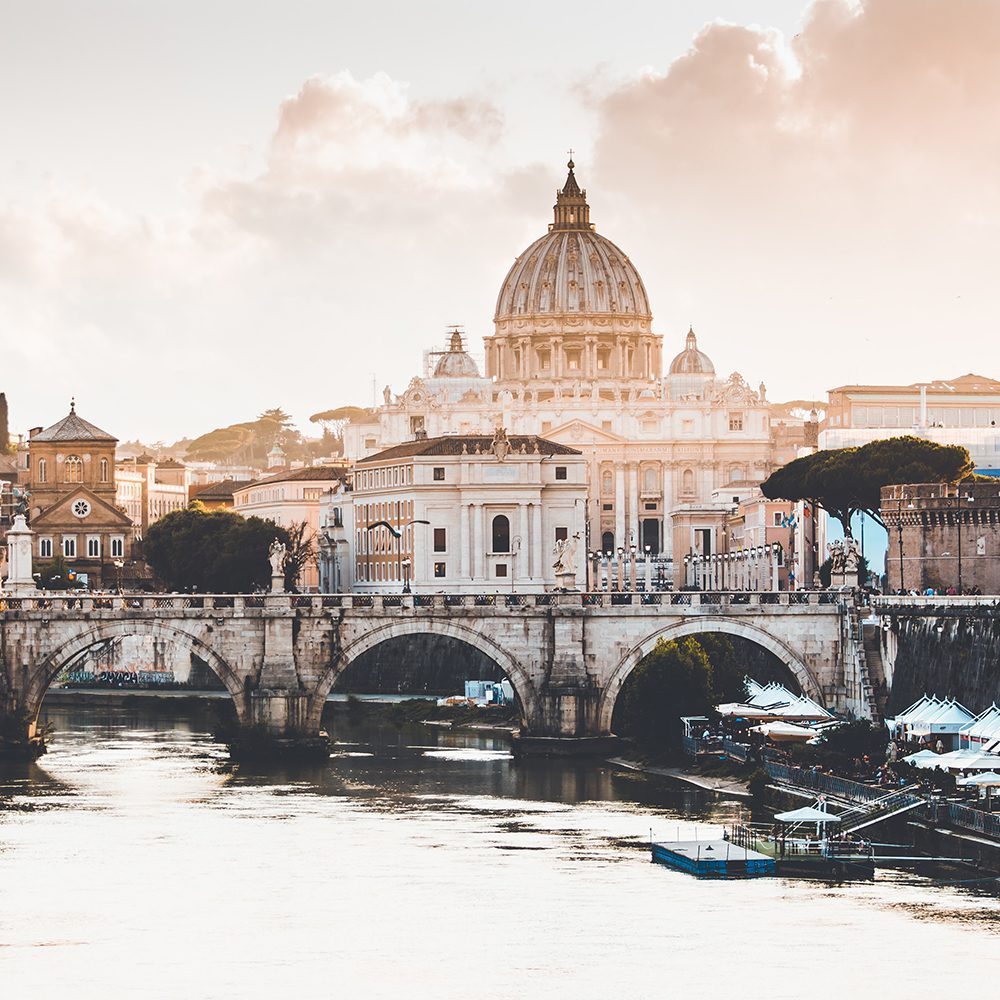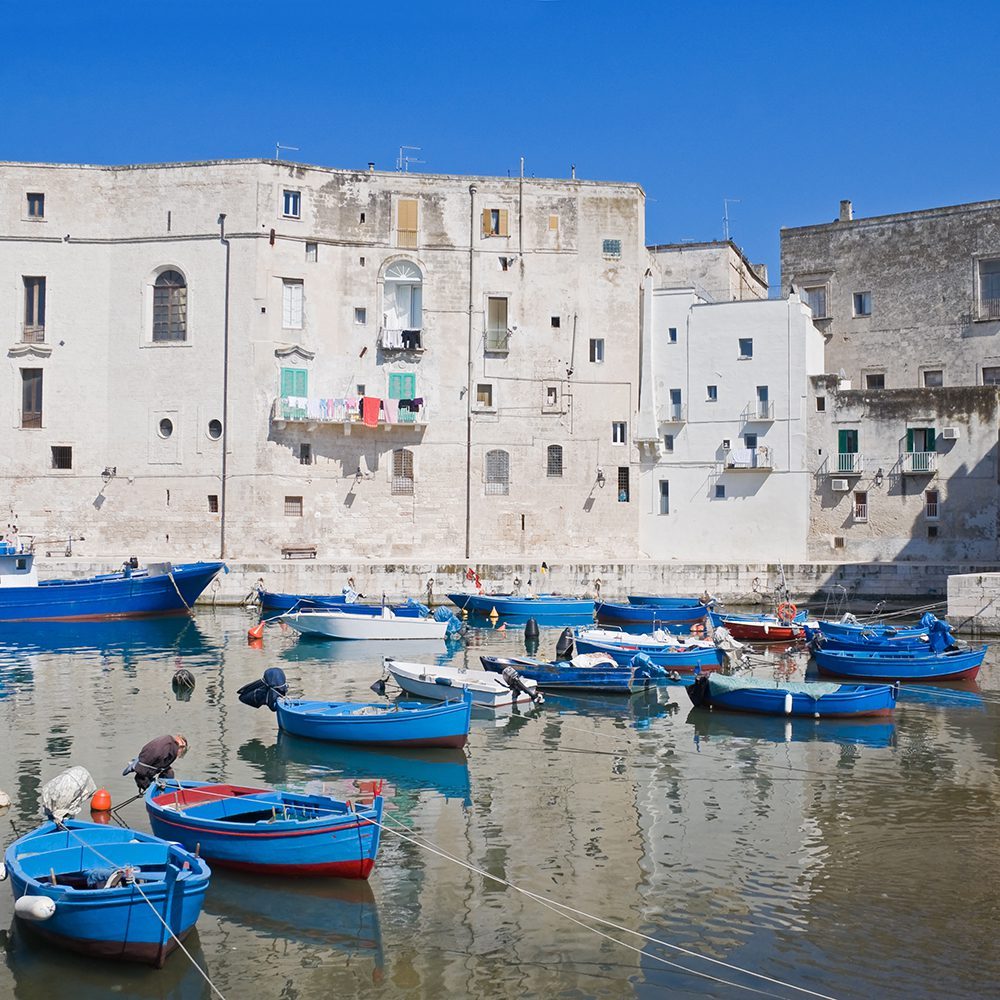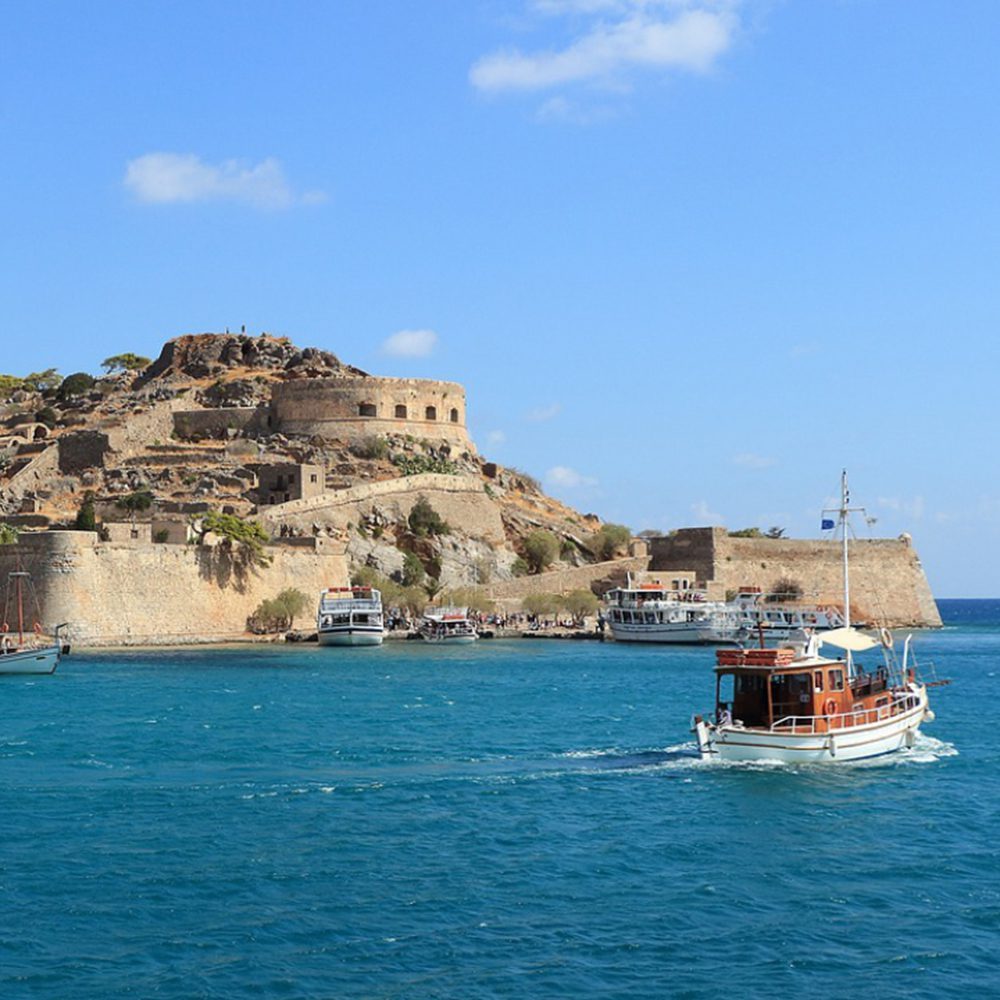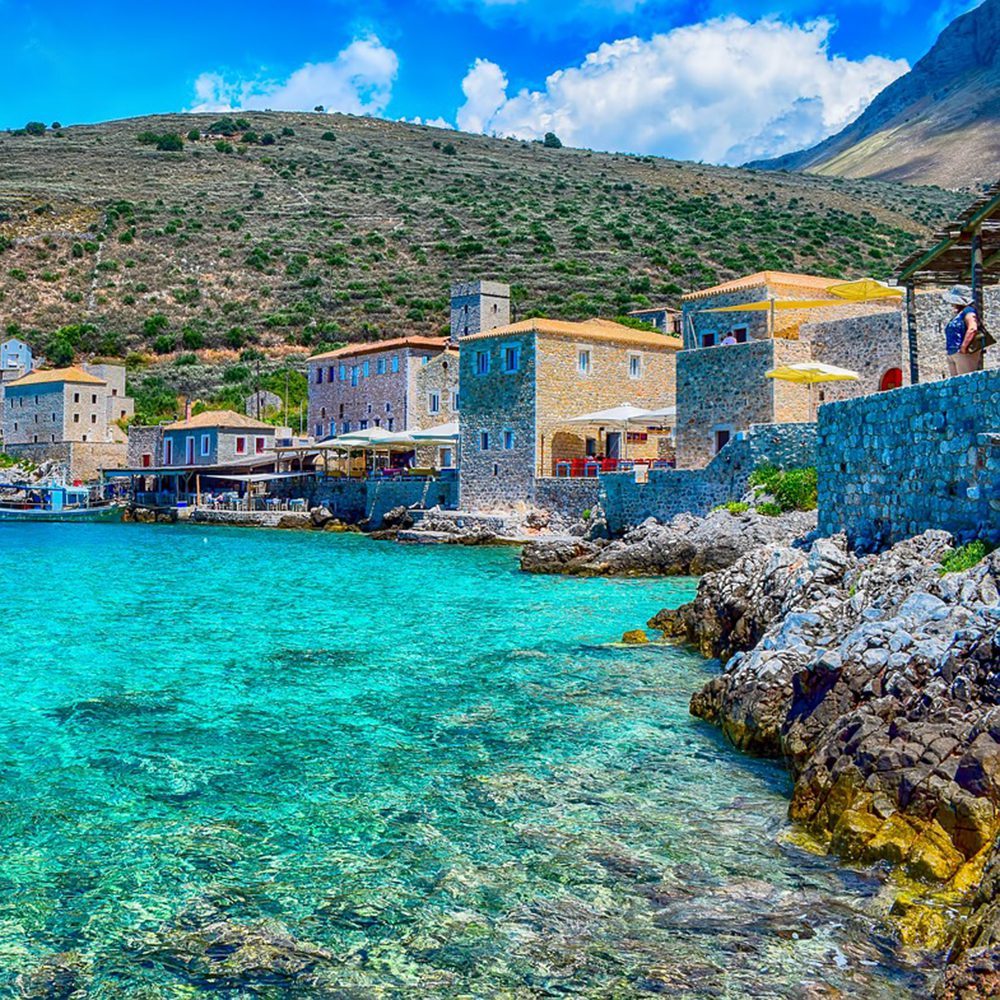Five Things We Love About the Costa Brava
Five Things We Love About the Costa Brava
The Costa Brava is a northern coastal region of Catalonia, stretching from the town of Blanes to the French border. Known for its stunning Mediterranean shoreline, rugged natural landscapes, and quaint towns with medieval roots, the Costa Brava has for decades inspired the imagination of artists like Salvador Dalí and Joan Miró. Dalí, born in Figueres and later a resident of the Costa Brava town of Port Lligat, would use the coast as a source of inspiration for many of his surrealist paintings. Artistically significant, the Costa Brava also has a dynamic architectural history inspired by Catalan Modernism, an art and literature movement that emerged at the turn of the 20th century. Revered for its gastronomic traditions and wine culture, the region is blend of land and sea, with locally grown foods influencing much of the cuisine. From medieval villages and breathtaking waters to renowned culinary traditions, here are five things we love about the Costa Brava.

BEGUR
A quaint, medieval town resting at the heart of the Costa Brava, Begur is a charming corner of the coast complete with beguiling beaches and picturesque coves like Aiguablava and Sa Tuna, and a scenic old town steeped in history. One of the town’s most famous landmarks is the Castle of Begur, thought to originate from the medieval period, construction would continue on the castle throughout the 16th and 17th centuries. A picturesque place to enjoy a meal or relax with an afternoon refreshment, Begur’s old town is adorned with a mix of medieval architecture and colonial-style homes built by locals, who having emigrated to Cuba to pursue business opportunities, would return to build abodes in the style of their island home away from home. To honor this connection with Cuba, every September the center of town is filled with music, food and fun as Begur hosts the annual “Fira d’Indians”, a festival celebrating the historical and cultural relationship between Begur and Cuba.
Pals
A medieval treasure of cobblestone streets and stone buildings that shine golden in the daylight sun, Pals is a charming town featuring architectural details rooted in the medieval and the gothic. Built atop a hill, the historic core of the town offers stunning views of the surrounding Emporda countryside and the sea. A picturesque network of shady passages, stone archways, cobbled streets and blooming flower boxes comprise the town’s Gothic Quarter, as vestiges of its past can still be seen in buildings such as the Romanesque Torre de les Hores (Tower of the Hours), and the 10th century Church of Sant Pere. The town is also known for its history of rice cultivation, which began in the 15th century. Today the Arroz de Pals brand of rice is still produced in the Empordá and can be purchased in many shops in Pals.


Ratafia
Ratafia is an intriguing herbal liqueur common to Catalonia and the Costa Brava. Diverse variations of this sweet herbal elixir exist as it is often a familial tradition, with each family concocting their own secret recipe and distilling the liqueur at home. Some of the ingredients that may be used in the production of Ratafia can include nutmeg, cinnamon, clove and a variety of aromatic herbs. While ratafia is typically used as an after dinner drink, or digestif, it is said to have other uses as well. Many Catalonian people believe Ratafia can be used for curative purposes, and accordingly, add medicinal herbs to the liquid for such use. Ratafia is celebrated annually with the Ratafia Festival of Santa Coloma de Farners and the Ratafia Fair of Besalú, both held in November, where visitors can sample and purchase artisan Ratafia distillations, enjoy dishes prepared using the liqueur, and try their hand at making a batch.
Fideuá Negra
Translated as “black noodles” from Catalan, Fideuá Negra is a dish comprised of Fideua noodles, seafood, and aioli. The distinctiveness of this dish lies in the squid ink that is used to give the noodles their signature black color and briny flavor. Although similar to seafood paella, Fideuá Negra is its own unique dish, placing noodles front and center with no rice in sight. Accented by the piquant and garlicky aioli, the dish is rich and velvety in taste and texture, and is a hallmark of the coastal influence over Catalonian cuisine.


Cadaqués & Port Lligat
Once a sleepy fishing town, Cadaqués has over the decades transformed into a coveted coastal destination known for its beautifully bold architecture characterized by whitewashed buildings with cobalt and terracotta accents. The town would forever solidify its place in art history by attracting a number of artists to its calming shores, such as Pablo Picasso, Marcel Duchamp, Joan Miro and Salvador Dalí, who would spend his childhood summers in town. Located along the Cap de Creus peninsula, Cadaques is neighbors with the tiny fishing village of Port Lligat. While Dalí frequented Cadaqués during the summers, it is Port Lligat that he would call home from 1930 until 1982. Dalí was fascinated by the scenic landscapes of the little bay, which would inspire the artist to create such works as The Madonna of Port Lligat Crucifixion and The Sacrament of the Last Supper, while a resident. Perhaps the greatest legacy of Dalí’s time in Port Lligat is the Salvador Dalí House-museum, with his former home being transformed into a museum. Guests can tour the rooms of the house, the artist’s study, and the property’s surreal outdoor spaces for an intimate glimpse into the lives of Dali and his wife Gala, while witnessing first-hand the beauty of Dalí’s sculptures and art works.






